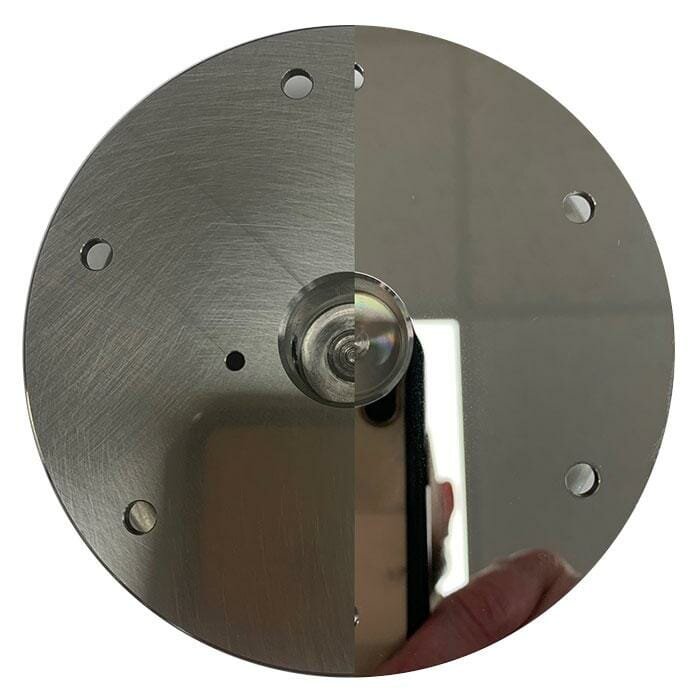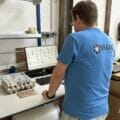The need for high-quality finished surfaces has been on the rise in diverse sectors like automotive, aerospace, and medical industries. To attain the precise surface quality required for components with extreme precision and low roughness, superfinishing operations have become indispensable. However, the majority of superfinishing methods present various difficulties, particularly in achieving an Ra value below 0.01µm, which has led to compromises rather than ideal solutions.
Typically, the challenge lies in economically producing a superfinish when starting with a machined component. The most common approach involves a two-step process: first, a lapping operation to create a flat surface with a uniform finish, followed by a polishing operation that often utilises a polishing pad to achieve the superfinish. However, this process can be time-consuming, labour-intensive, and expensive, with several drawbacks that impede the desired surface quality.
A key challenge encountered in the conventional superfinishing process lies in the consistent attainment of satisfactory outcomes, especially when dealing with large-scale production. This arises due to several variables, including the choice of abrasive material, lubricant type, applied force, and rotational speed. Moreover, the use of polishing pads can result in uneven distribution of abrasive particles, leading to non-uniform surface finishes and the potential for defects on the component surface.
In recent years, innovative superfinishing technologies have emerged to address these challenges and provide new solutions for achieving optimal outcomes. One notable advancement is the development of chemical mechanical polishing (CMP), which combines chemical and mechanical actions to achieve a superfinish that is more accurate, efficient, and consistent compared to traditional methods.
CMP involves the utilisation of a chemical slurry and a polishing pad to remove the surface layer of a component. As a result of the chemical reaction, the surface material is softened, and the mechanical movement of the polishing pad removes the softened material, leading to a polished finish that resembles a mirror. The chemical slurry used in CMP comprises an abrasive material, like silica or alumina, mixed with a chemical solution that dissolves the surface material. This chemical reaction enhances the removal of surface imperfections and creates a smoother surface, thereby achieving the desired superfinish.
CMP has proven successful in consistently delivering results with minimal defects and is extensively employed in the semiconductor and electronics industries. Its particular usefulness in these sectors stems from its ability to produce a flat and defect-free surface on silicon wafers, which is critical in the manufacturing of electronic devices. CMP is also applied in the production of optical lenses, metal parts, and ceramics.
Contact [email protected] for further details.




